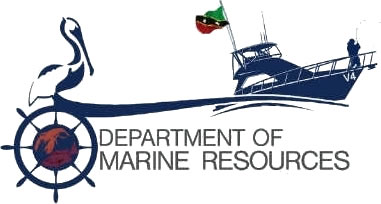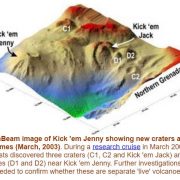Protected Areas & Conservation Management Training
The Global Environment Facility (GEF) sponsored Conserving Biodiversity Project in St. Kitts and Nevis hosted in collaboration with the Department of Environment, St. Kitts the Protected Areas & Conservation Management Training from April 16-25, 2018.
Marine Conservation Officers; Locksley Edwards, Ahisha Herbert and Ashadi Duncan, Beach Conservation Officers; Luciano Eddy and Sasha (Kodi) Edwards, and Boat Captain and Conservation Officer; Conse Skeete participated in this training. These individuals are stationed at the Department of Marine Resources (DMR).
Facilitation of the training was done by Global Parks representatives; Kathy Chopik, Brion Fitzgerald and Doug Konkin. Local experts including; Thema Ward- Department of Physical Planning and Environment, Diannille Taylor-Williams- Ministry of Tourism and Dr. Kimberly Stewart- St. Kitts Sea Turtle Monitoring Network presented at this training.
This training had three deliverables:
- Interview staff to determine current skills and knowledge, goals for future training (capacity needs assessment)
- Based on the interviews and previous work, prepare and deliver a dedicated training program
- Create a capacity development plan for the overall effective management of the PA’s and conservation areas.

Protected Areas, Conservation, Management and staff capacity needs assessment activities included a wide range of priority training areas that were covered:
- Protected areas planning processes and tools
- Business and financial planning
- Conservation and management of biodiversity and ecosystem
- UN conservation commitments
- Ecological monitoring and data collection
- Use of decision-making support tools and database management tools
- Synergies between ecotourism development and protected areas management
- Building partnerships and network
- EIA reports review

Some of the challenges that were recognized and assessed were
- Lack of public communication of the work of the Park Rangers
- The need for effective communication with the public
- Lack of equipment necessary to complete the jobs/tasks effectively
- Effective organizational communications
- Lack of training opportunities
- Lack of enforcement to support daily job completion
The training outcome was prioritization exercises of the training needs linking to the performance expectations in the job description and department mandates.











